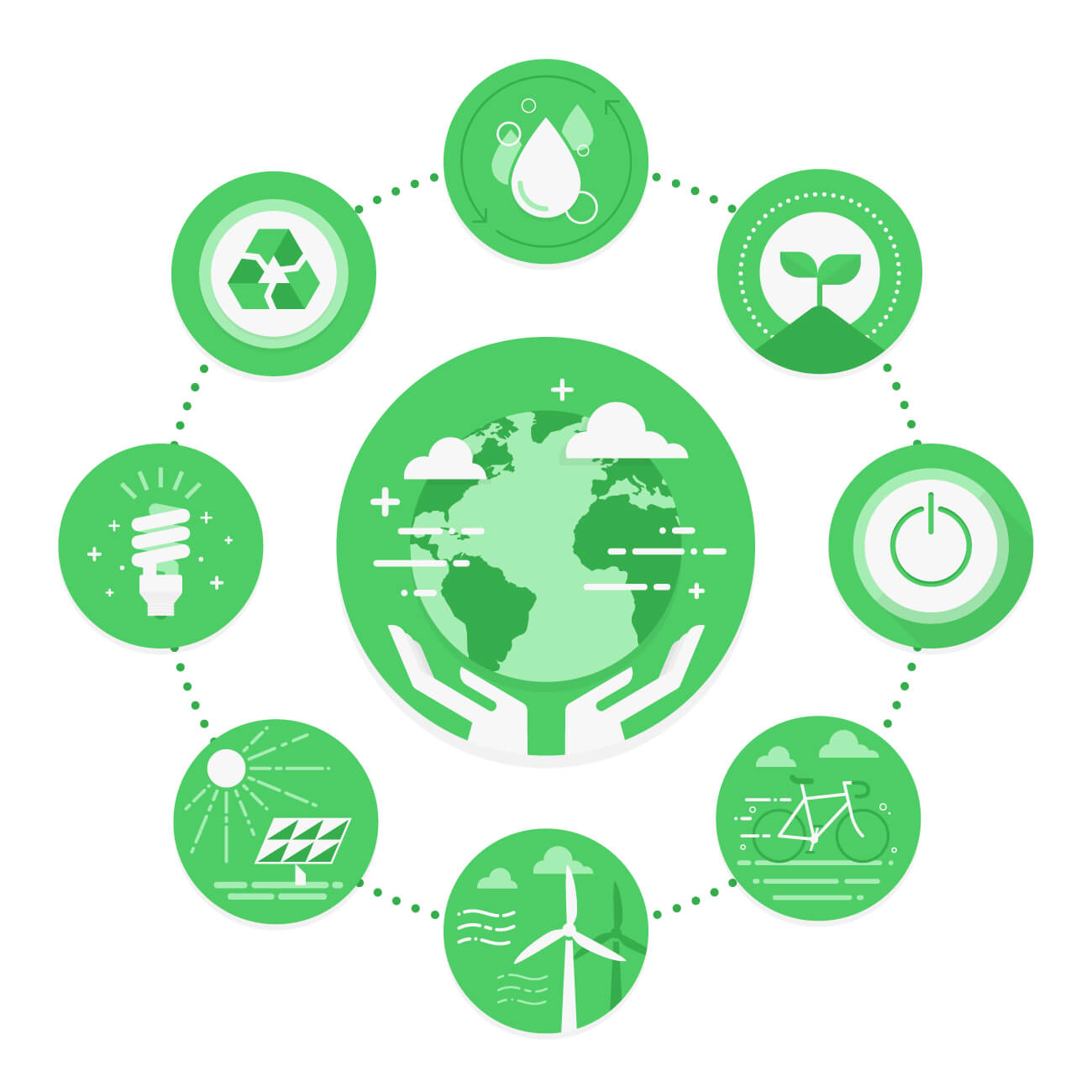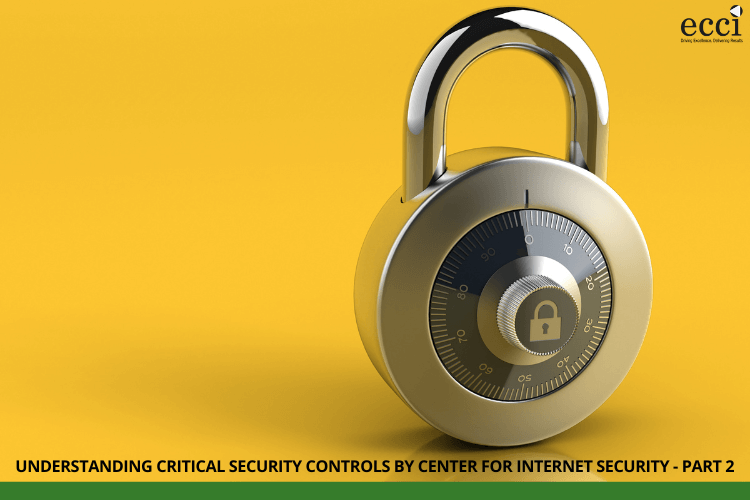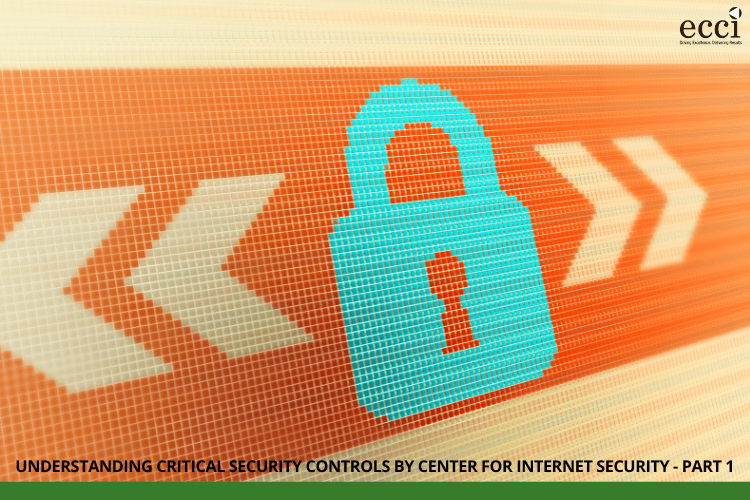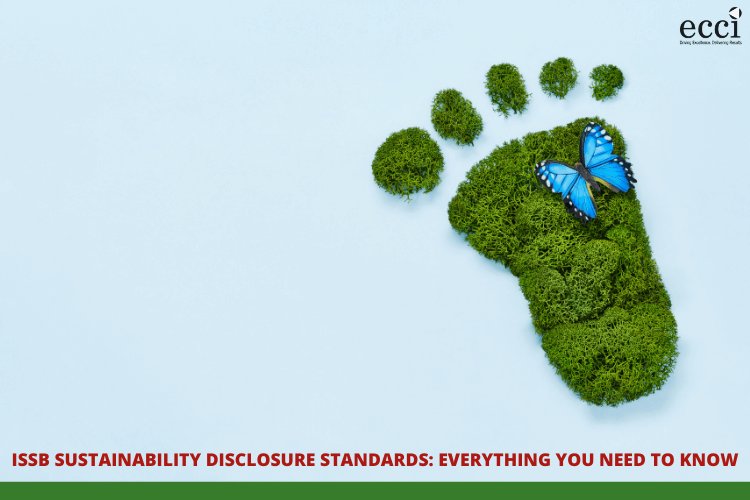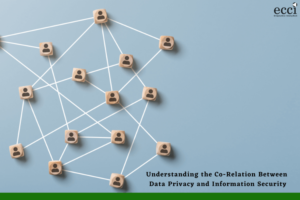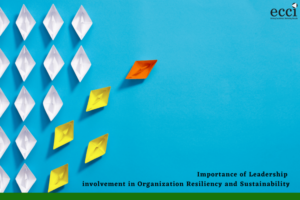Sustainability reporting is business critical, and especially important when companies need to benchmark performance and present a holistic picture of the value they’re delivering. It’s not just an exercise to tick boxes. It’s a way to share vitals that incentivize change.
Annual reports on sustainability performance have a discerning global audience, one that’s keen to know what companies across the world are doing to make a positive social, economic, and environmental impact.
You must’ve come across inspiring stories of companies of all sizes (because it’s never ok to do nothing no matter how big or small you are), such as Petronas, HealRWorld, Singapore Port Authority, Maybank, GDIH, IKEA, Ayala Corporation, Energy Development Corporation and Asian Development Bank, winning with diverse initiatives of giving back and creating a culture of continuous improvement. There’s a reason why.
Studies indicate a strong correlation between financial performance and sustainability performance. Shareholders and clients trust companies that integrate sustainability goals into their business-as-usual plans. It helps boost employee morale, identify new business opportunities, and reduce operational and reputational risks.
Sure sustainability reporting has come a long way: from Sullivan’s principles to Ceres to the Global Reporting Initiative (GRI). But public companies in the U.S. may not be thanking the Securities and Exchange Commission soon. As it’s still a bit of an annual nightmare for the companies. And this holds true for companies everywhere.
Telling your green story becomes easier
Time-consuming and so very labor intensive with all that data gathering, defining, tallying, indexing, measuring, and analyzing to be done…
…Translating into missed timelines, questionable integrity, and more.
Committed attempts at establishing corporate credibility or being transparent do not always find their way to today’s broader audience despite people recognizing how important sustainability is. The conversation is no longer about whether companies need sustainability reporting— it’s about how to better the quality of the reporting. With the need for information integrity more critical now than ever, a typical manually put-together sustainability report is increasingly becoming cumbersome and not scalable.
Thanks to the widespread adoption of reporting, the advent of technology, and people who are positioned at the crossover, the use of sustainability reporting software is becoming the new normal. But make no mistake: no solution can replace the lack of good processes. As the old adage goes, garbage in, garbage out!
Say, you’re an automobile company. Your already super-busy managers are running around trying to get all sorts of data about emissions, tariffs, consumption spikes, vendors, and more into a single system of record. And, spreadsheets can only do so much.
With cloud-based SaaS solutions for data collection, analysis, and reporting, you get a slew of benefits:
-
- Accuracy of reported data: Error-free, precise sustainability data collection and audit processes increase your confidence in the data and results circulated to stakeholders; disparate data sources, varying formats, and multiple users can lead to untraceable discrepancies related to duplicate, missing, or outlying data and thereby calculations
-
- Time and effort saved: With automating transactional tasks, you save time and effort that translate into enhanced efficiency; resources are free to focus on more value-adding tasks, not just on compiling and crunching numbers. Also, people will thank you for not flooding their inboxes with a hundred spreadsheets going back and forth because now you have a single database people can work on
-
- Improved agility and flexibility: You can alter or update focus areas easily and roll out to the team faster when automation is involved in preparing the ESG reports. With a cloud-based application, adding new categories or defining new parameters become easier
- Informed decision making: Enhanced data quality and performance analysis help spot new revenue opportunities and reduce costly oversights by mining quality, timely, and real-time data using visualization. Charting is easy and your chances of spotting trends or predicting outcomes improve
- Sustainable and compliant: A full picture of your operational impact helps you remain sustainable in a resource-constrained world and compliant with new laws coming into effect every day. Your business is now less vulnerable to risks or penalties for non-compliance
For instance, PUMA, one of the world’s leading sports brands, has ascertained its commitment to sustainability at-scale by monitoring its supply chain’s ESG performance through a cloud solution; their target is to achieve net zero emissions by 2050.
According to recent research, “the global sustainability and energy management software market is estimated is expected to touch a figure of more than US$ 1700 million by the end of 2024.” This is a clear indication of the increasing reliance on newer ways to compete and enhance brand value.
Before you jump on the automation bandwagon, here a few aspects to consider:
-
- Work with sustainability experts who have hands-on experience from implementing such systems; you might find talent within your enterprise; also consider knowledge and experience in the local context as well — work with local partners who have local clients and success stories; for example, get help to navigate the complex energy industry which has so many tariffs, policies, and rapid developments
- Review sustainability of the investment — see how robust the automation tool is — is it significantly cutting down costs or time, does it integrate well with the existing system, is it up to date with the most recent guidelines, is it aligned to business objectives, and can it scale over time?
- Know what you are getting into and avoid cost traps; estimate the net gain with this transition before you build your automation strategy
Securing the future with a data- and digital-powered approach
With the mind-boggling volume and variety of data, companies have, making sense of it all to gather actionable insights can become a cinch with advanced slice-and-dice tools. You have AI, machine learning, modelling, analytics, and more to ease your way.
Incorporating data management controls and automating the process is now non-negotiable to achieve sustainable growth. This is also becoming more viable for small and medium companies, and not just publicly listed companies, as long as they are committed because the number of options which demand low initial investment, promise quick implementation, and offer pre-built guidelines and parameters benchmarked with international standards such as GRI and IIRC has gone up. For SMEs in emerging economies, this could mean they can be more accountable in this era of awareness.
To help focus on customer priorities and monitor resources, to reduce the carbon footprint, for example, the market now offers end-to-end solutions for sustainability reporting with custom analytics and dashboards and a host of other advanced features. A home appliances manufacturer would certainly welcome software to overcome product sustainability challenges and keep tracking environmental performance, wouldn’t it? Or, a company could adopt such software to prevent “modern slavery” in their supply chains?
Sustainability reporting, now a mainstream business practice, tells companies where they stand now and where they expect to be in the future. You need answers; your investors, partners, and customers need them too. All components in its internal and external ecosystems need to talk to each other for a company to thrive — an integrated system (one that’s simple, secure, consistent, secure, and intuitive) combining the social, economic, and environmental aspects of sustainability can help.
In our next article, we’ll share tips on what to look for while choosing sustainability reporting software that’s right for your business.
Now, turning it over to you. It would be great to hear your thoughts in the comments.

